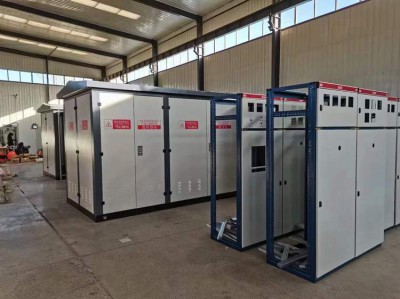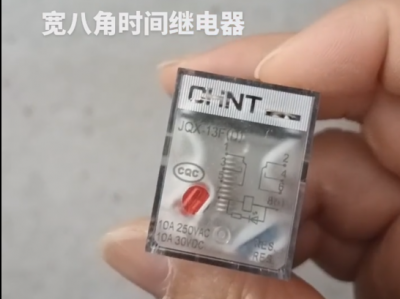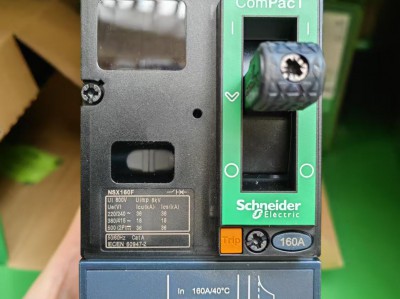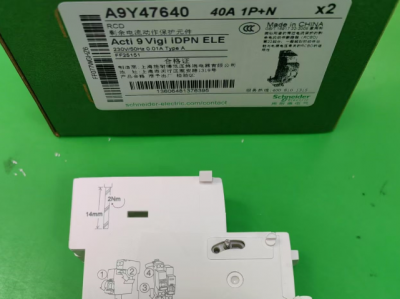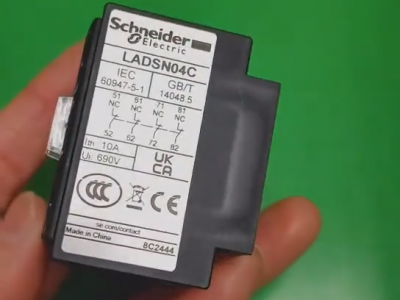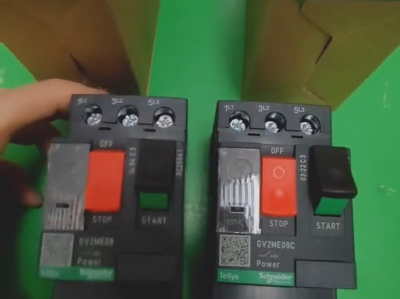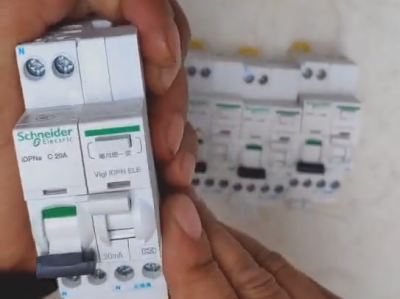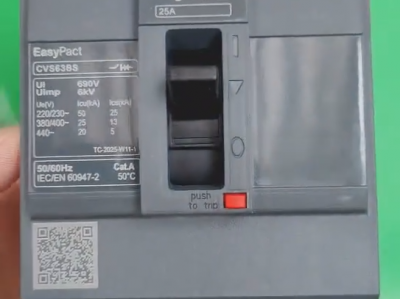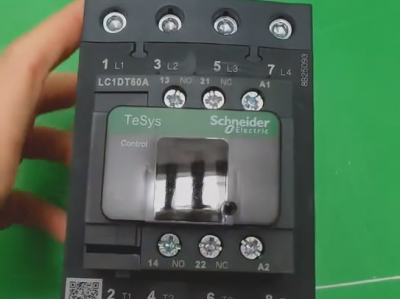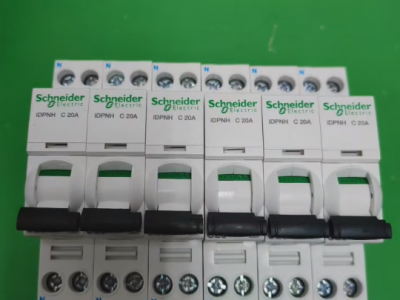Chint DDSU666 series single-phase electronic energy meter
Product description
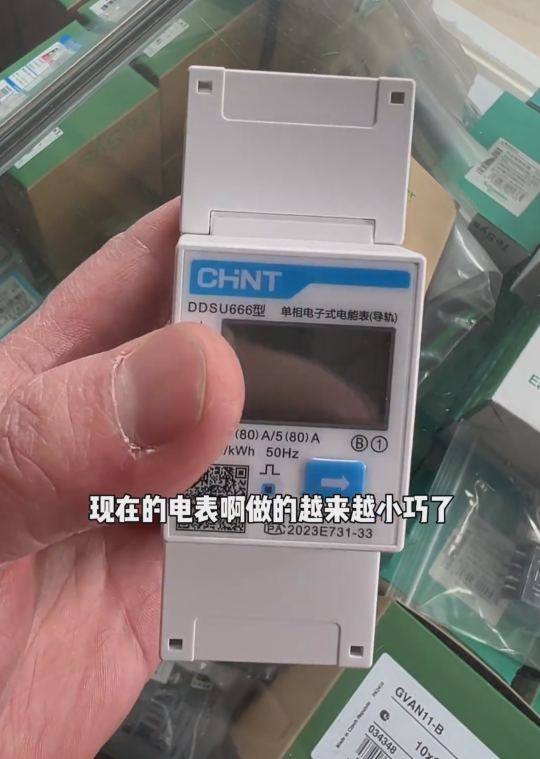
The Chint DDSU666 series is a single-phase electronic energy meter integrating high-precision metering, intelligent communication, and flexible installation. It is mainly designed for power monitoring, energy management, and complex electricity usage scenarios. Product features, technical parameters, application scenarios, and usage key points are as follows:
I. Product Types and Core Functions
1. Model Classification
- DDSU666 Series: Basic guide rail-type energy meters, supporting single-phase 220V/230V voltage, with current specifications including 1.5(6)A, 5(60)A, 5(80)A, etc.
- DDSU666-IX Series: Multi-loop intelligent electric quantity sensors, which can monitor up to 96 single-phase loops through the combination of a host and modules, suitable for high-density electricity usage scenarios (such as large public buildings, industrial and mining enterprises).
- DDSYU666 Series: Prepaid versions, supporting remote switching on/off, multi-rate metering, and RS485 communication, suitable for scenarios requiring prepaid management such as rental housing and commercial premises.
2. Core Functions
- High-precision Metering: The active energy metering accuracy reaches Class 0.5S or Class 1, supporting cumulative measurement of forward and reverse energy as well as four-quadrant reactive energy measurement.
- Real-time Monitoring: It can display electrical parameters such as voltage, current, power, frequency, and power factor. Some models support multi-rate (peak, shoulder, flat, valley) time-of-use billing.
- Intelligent Communication: Equipped with a standard RS485 interface, supporting Modbus-RTU and DL/T645-2007 protocols, and can be connected to the Internet of Things platform for remote data collection and control. For example, data can be uploaded to the cloud through DTU or ESP8266 modules to realize real-time monitoring via mobile phone APPs.
- Flexible Expansion: Multi-loop models support free combination of modules, and the host can automatically identify module types, facilitating system expansion.
II. Technical Parameters and Performance Indicators
- Electrical Parameters:
- Rated voltage: 220V/230V (single-phase), voltage range 0.8Un~1.15Un.
- Current specifications: 5(80)A, 0.25-0.5(80)A, etc., supporting a maximum current measurement of 80A.
- Frequency range: 45Hz~65Hz, frequency measurement accuracy ±0.1Hz.
- Environmental Adaptability:
- Operating temperature: -25℃~+55℃ (extended range -35℃~+70℃), humidity ≤75% without condensation.
- Protection class: IP51 (for indoor use), impulse voltage resistance 4kV, insulation strength 2kV/1 minute.
- Installation Characteristics:
- Adopts DIN35mm standard guide rail installation, with a compact size (1P dimension), suitable for narrow spaces (such as distribution boxes, charging piles).
- Modular design, with terminal blocks supporting bottom-in and top-out wiring to simplify the construction process.
III. Application Scenarios and Typical Cases
1. Commercial and Industrial Fields
- Electricity assessment and monitoring in large public buildings such as shopping malls, hotels, and hospitals, realizing zoned electricity statistics through multi-loop models.
- Equipment energy consumption analysis in industrial and mining enterprises, accessing SCADA systems with Modbus protocol to optimize energy distribution.
2. Residential and Rental Scenarios
- Household electricity metering, supporting remote meter reading and data visualization to help users grasp electricity usage in real-time.
- Prepaid management for rental housing, realizing automatic power cutoff for arrears through internal control relays to reduce management costs.
3. New Energy and Intelligent Equipment
- Electricity metering for single-phase charging piles, adapting to the high-current characteristics of charging piles (e.g., 5(80)A model).
- Power generation monitoring of distributed photovoltaic systems, cooperating with inverters to realize energy flow analysis.
IV. Usage and Configuration Key Points
1. Wiring Specifications
- Voltage lines and current lines should be routed separately to avoid interference; communication lines are recommended to use shielded wires with single-end grounding.
- For multi-loop models, attention should be paid to the correspondence between modules and the host to ensure the normal operation of the automatic identification function.
2. Communication Settings
- The default baud rate is 9600bps, and the address can be modified through local buttons or remote commands, supporting Modbus RTU slave addresses 0~247.
- When accessing the IoT platform, it is necessary to configure DTU or gateway parameters, for example, defining function points (such as voltage, current, active energy) in the ThingsCloud platform.
3. Advanced Function Implementation
- The prepaid version can set electricity prices, alarm thresholds, and switching rules through upper computer software.
- Supports energy reset operation (requiring specific commands, use with caution), for example, remote reset via Modbus commands sent by ESPhome.
V. Price and Purchase Suggestions
- Price Range: Basic models (such as 5(60)A without communication function) are approximately 34.5 yuan each; models with Modbus communication and multi-rate functions are about 190~259 yuan each.
- Purchase Points:
- Select specifications according to load current (e.g., 5(80)A is required for air conditioners, electric water heaters).
- Prioritize the DDSYU666 series for prepaid functions, and the DDSU666-IX series for multi-loop monitoring.
- Pay attention to certification standards (such as CCC, TÜV) to ensure compliance with local power grid requirements.
VI. Summary
The Chint DDSU666 series has become a core device in smart grids and energy management due to its high-precision metering, flexible networking, and strong environmental adaptability. Its multi-scenario compatibility (from household to industrial) and rich expansion functions (such as prepaid, multi-loop) can not only meet basic metering needs but also support in-depth integration of digital energy systems. Users can select corresponding models according to actual needs and cooperate with IoT platforms to achieve efficient electricity management.

